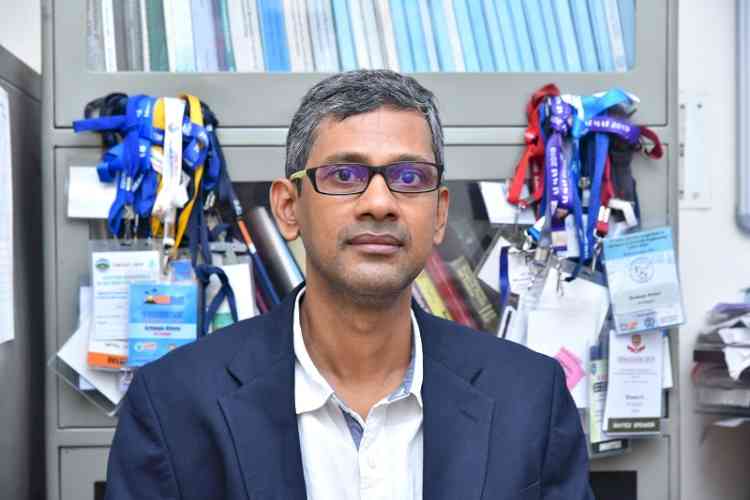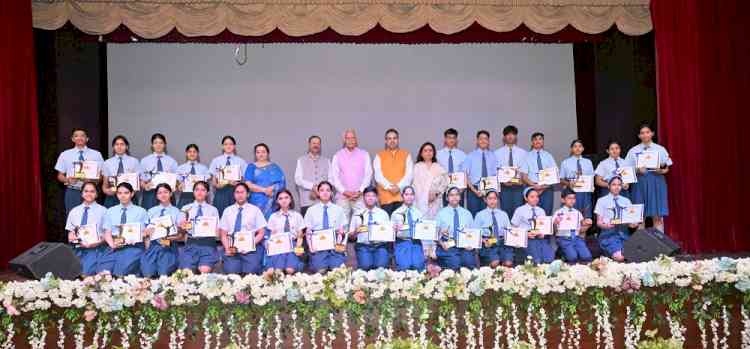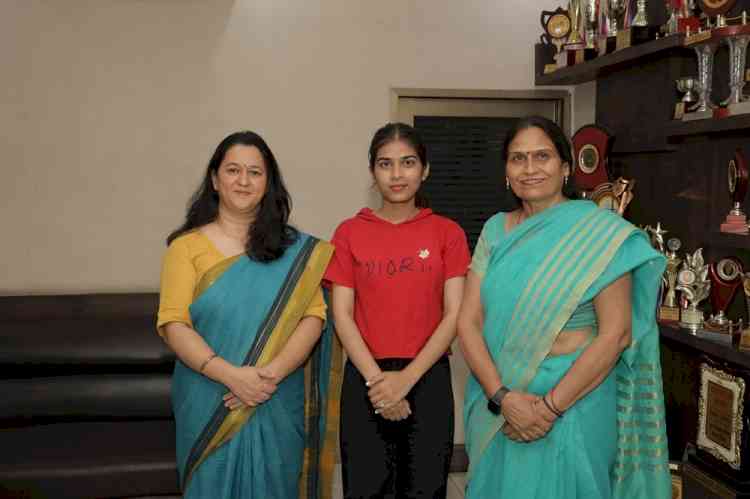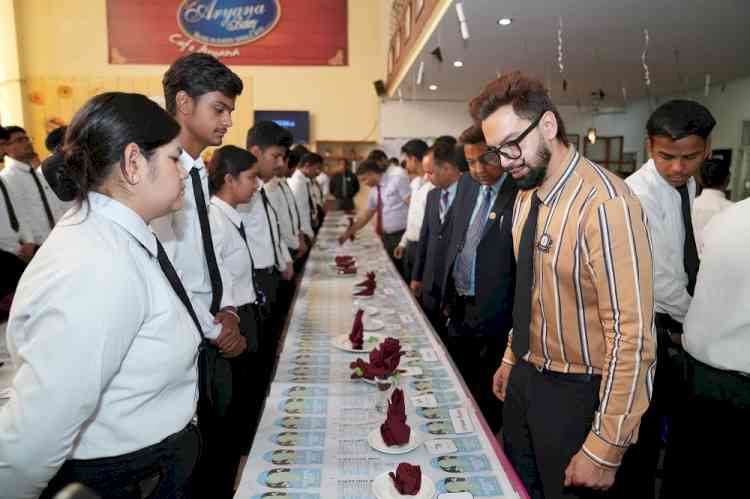IIT Kanpur joint-study on Cost-Effective Alloy for Energy Storage recognized by Nature Magazine
A research paper and study on the use of a special alloy that could make it easier and affordable to convert and store energy from renewable sources by Prof. Krishanu Biswas of the Department of Materials Science and Engineering, IIT Kanpur and a team of multi-institutional researchers has been highlighted by Nature, the world’s leading multidisciplinary science journal, as one of the ‘high-impact research papers from India that are shaping science’.

Bengaluru, January 10, 2024: A research paper and study on the use of a special alloy that could make it easier and affordable to convert and store energy from renewable sources by Prof. Krishanu Biswas of the Department of Materials Science and Engineering, IIT Kanpur and a team of multi-institutional researchers has been highlighted by Nature, the world’s leading multidisciplinary science journal, as one of the ‘high-impact research papers from India that are shaping science’.
Prof. Krishanu Biswas and fellow researchers from IIT Mandi, IIT Kharagpur and IISc Bangalore, conducted research on a special kind of material called a high entropy alloy (HEA), comprising a mix of five elements; Cobalt, Iron, Gallium, Nickel, and Zinc, for its use in splitting of water into oxygen and hydrogen. Water splitting is essential in many technological applications such as electrolyzer, fuel cells, and catalysis. The most important aspect of water splitting is its ability to efficiently separate water, abundantly available on the earth, into hydrogen and oxygen. Hydrogen is considered a clean substitute for fossil fuels with net-zero emissions. This research categorically demonstrates the effectiveness of this innovative alloy, surpassing the performance and durability of expensive materials such as ruthenium oxide, currently used for the same purpose. The materials of the study are made up of earth-abundant elements, making it sustainable and easy to fabricate for application. The research paper titled 'Low-cost high entropy alloy (HEA) for high-efficiency oxygen evolution reaction (OER),' was published in the Nano Research Journal in its edition dated 2022, 15 (6).
The study has wide ramifications in green hydrogen economy in which energy-rich hydrogen is extracted from water through electrochemical water-splitting. Electrochemical water splitting is a highly promising sustainable and pollution-free approach for green hydrogen and oxygen production. The process requires two electrodes being immersed in an electrolyte solution. The chemical reactions at the electrodes driving the production of oxygen and hydrogen gas require efficient bifunctional catalyst. However, the process was not commercially viable so far, as most electrochemical systems use rare and expensive metals that restrict their use in large-scale applications. On the other hand, lower-cost systems were not being able to achieve efficient catalysis. The novel alloy catalyst designed, developed, and tested by Prof. Biswas and his collaborators can make this process easier and more affordable by using low-cost high-entropy alloy to store energy from renewable sources, allowing the use of clean energy. This could further aggravate our stride towards a cleaner environment, reducing dependence on fossil fuels and mitigating global warming.
In addition to Prof. Krishanu Biswas, the other researchers on the team included Dr. Nirmal Kumar Katiyar from IIT Kanpur, Prof. Aditi Halder and Dr. Lalita Sharma from IIT Mandi, Prof. Chandra Sekhar Tiwary and Dr. Rakesh Das from IIT Kharagpur, Prof. Abhishek K. Singh, Dr. Arko Parui and Dr. Ritesh Kumar from Indian Institute of Science (IISc), Bangalore.


 City Air News
City Air News 










